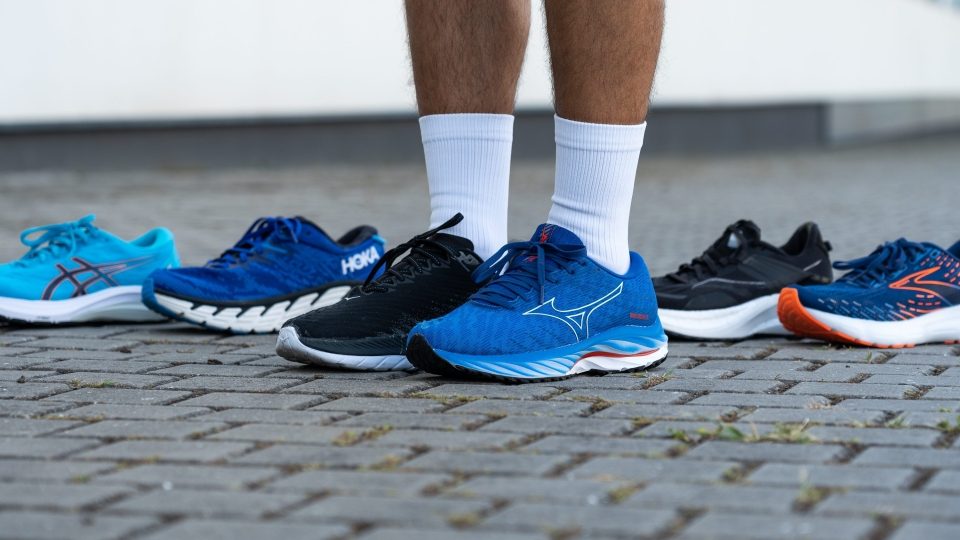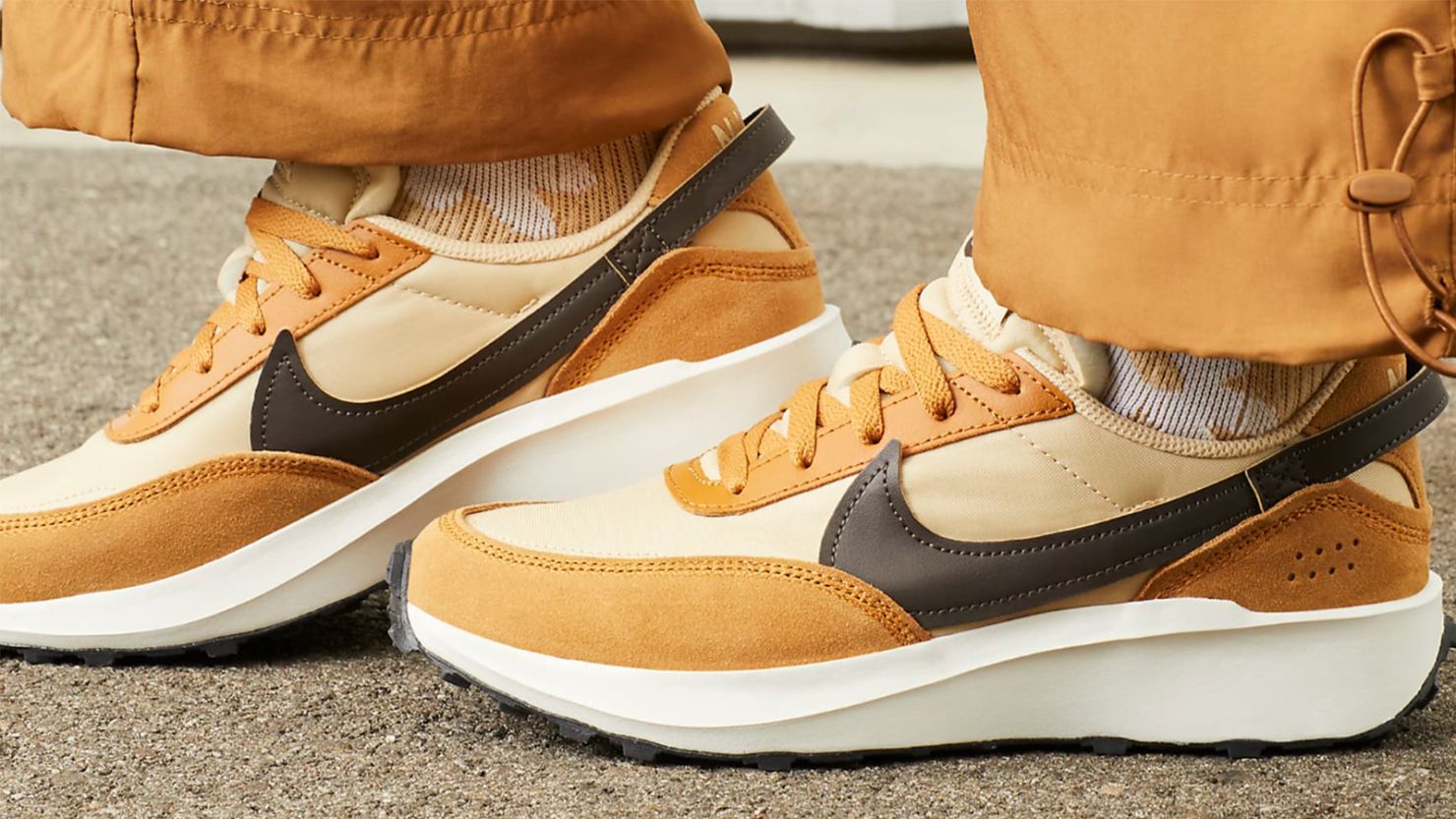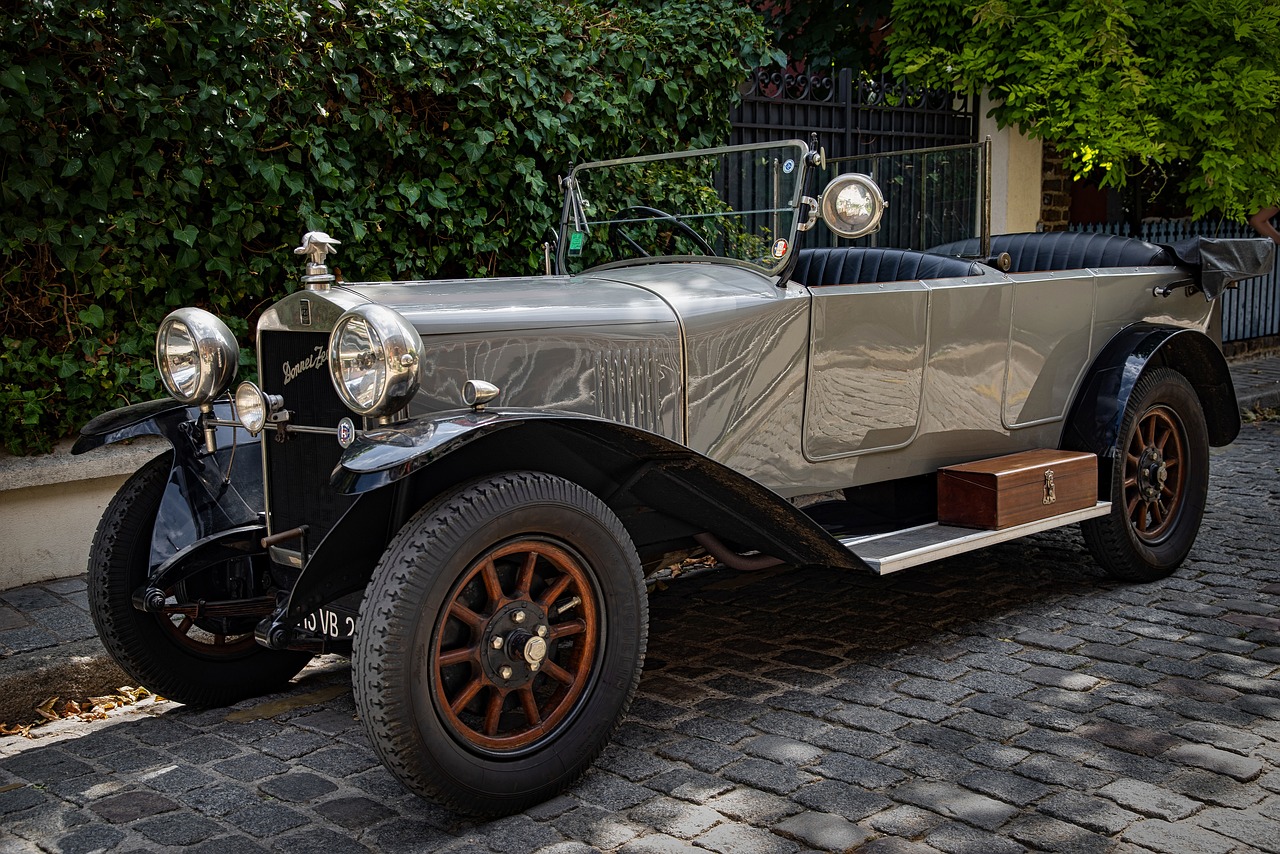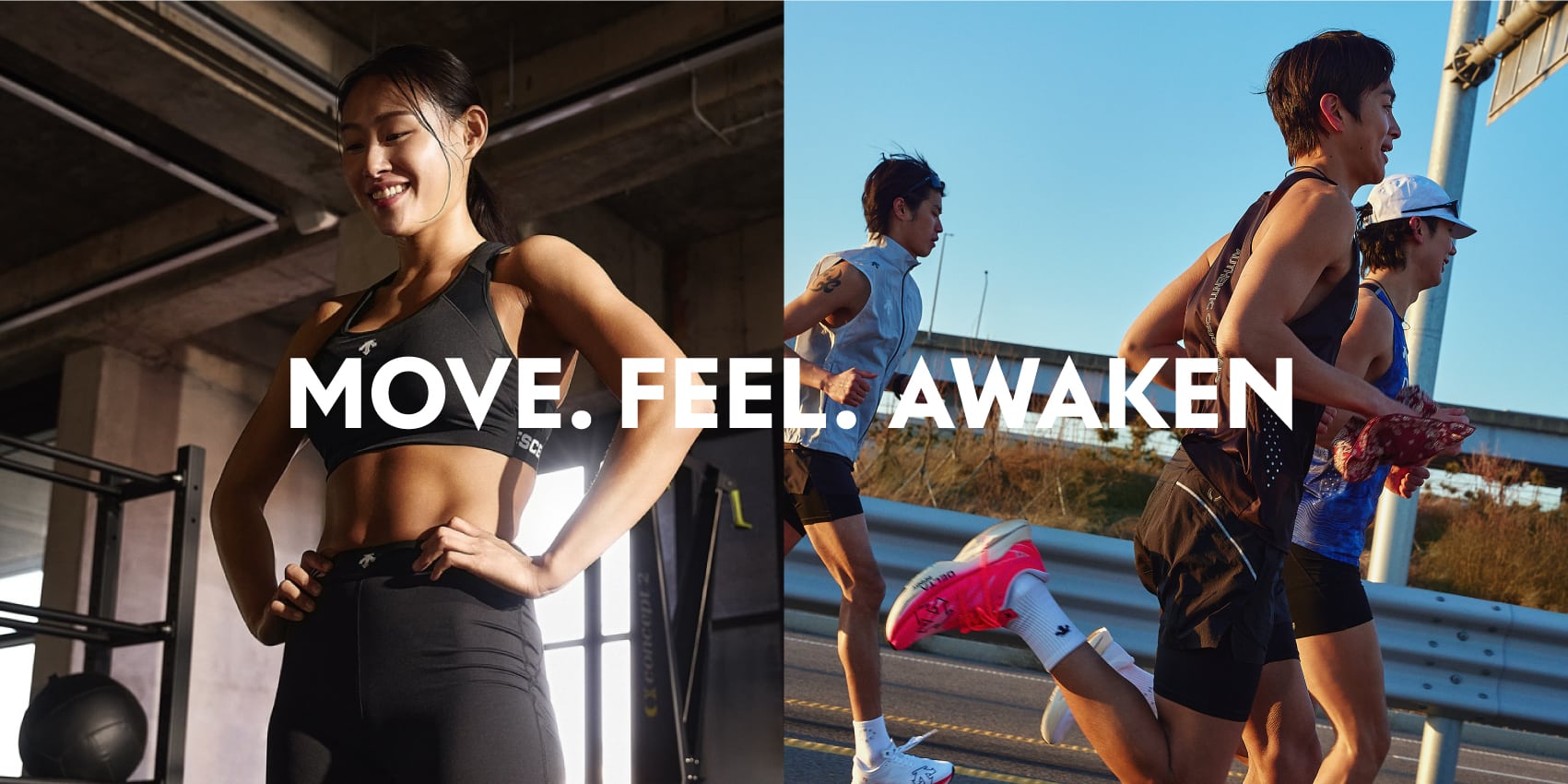Now Reading: Narrow Feet Runners Rejoice Discovering the Ideal Footwear for Your Unique Needs
-
01
Narrow Feet Runners Rejoice Discovering the Ideal Footwear for Your Unique Needs
Narrow Feet Runners Rejoice Discovering the Ideal Footwear for Your Unique Needs
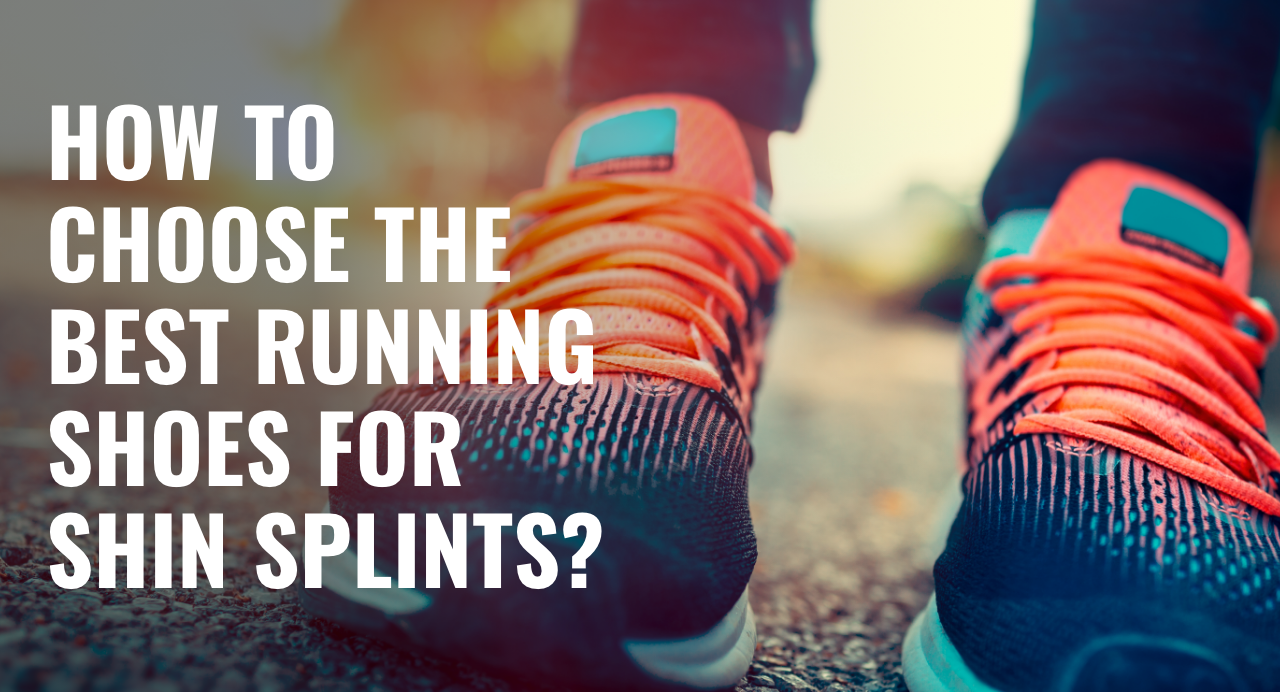
As a runner with narrow feet, finding the right pair of running shoes can be a daunting task. With so many options on the market, it can be overwhelming to determine which shoes will provide the necessary support and comfort for your unique foot shape. However, fear not! In this comprehensive guide, we will explore the world of running shoes designed specifically for narrow feet. From the features to look for, to the top brands and models, and tips for achieving the perfect fit, you’ll discover everything you need to know to find the best running shoes for narrow feet women.
Finding Comfort and Performance: A Comprehensive Guide to Running Shoes for Narrow Feet
When it comes to finding the best running shoes for narrow feet, comfort and performance are two crucial factors to consider. As a runner, you want shoes that will support your feet and allow you to perform at your best without discomfort or pain. The ideal running shoe for narrow feet should have the following features:
Supportive Upper
One of the most important aspects of a running shoe for narrow feet is a supportive upper. This refers to the material that covers the top of your foot. For runners with narrow feet, a snug and secure fit is essential to prevent any slipping or rubbing that could lead to blisters. Look for shoes with a secure lace-up closure, as well as overlays and straps in the upper that can be adjusted for a personalized fit.
Narrow Width
This may seem obvious, but it’s essential to choose running shoes with a narrow width if you have narrow feet. Many shoe companies offer different widths, so it’s important to know your foot width and choose accordingly. Keep in mind that even within the “narrow” category, there can be variations, so it’s always best to try on multiple pairs to find the perfect fit.
Arch Support
Narrow feet are often associated with high arches, which can lead to discomfort and pain if not properly supported. Look for running shoes that provide adequate arch support, whether through built-in features or the ability to add custom orthotics. This will help prevent any strain or injuries to your feet while running.
Step into Support: Unveiling the Features of Running Shoes Designed for Narrow Feet
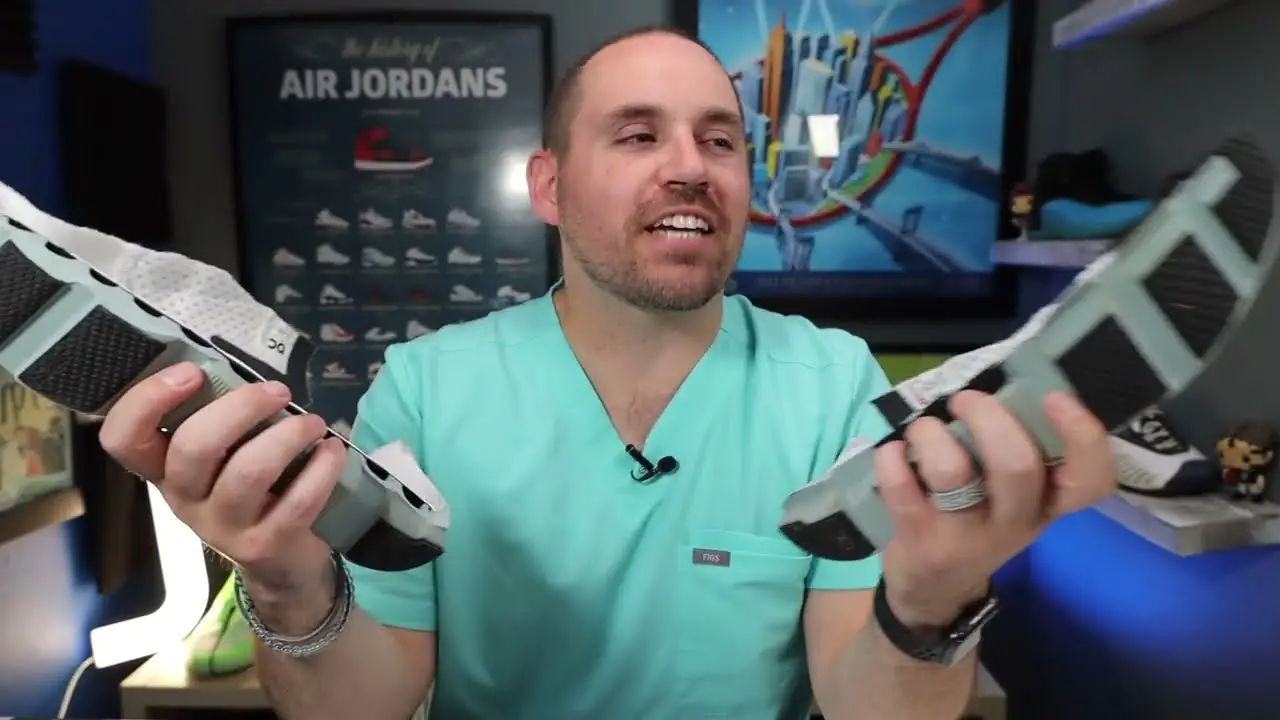
Now that we’ve covered the essential aspects of a running shoe for narrow feet, let’s dive deeper into the specific features that make these shoes stand out from the rest.
Tapered Toe Box
A tapered toe box is a crucial feature for runners with narrow feet. This refers to the shape of the front of the shoe, with a narrower width at the toes. A tapered toe box allows for a more snug fit and prevents any excess space, which can cause slipping and discomfort during a run.
Heel Lock Technology
Many running shoes designed for narrow feet also come equipped with heel lock technology. This feature helps keep your foot securely in place within the shoe, preventing any slippage. It typically involves an extra lace loop around the ankle area, which provides added support and stability.
Minimalist Design
For some runners with narrow feet, minimalist running shoes may be the way to go. These shoes have a lower profile and offer a more natural feel while running. They are typically lightweight and have minimal cushioning, allowing for a more responsive ride. However, it’s essential to test out minimalist shoes first to ensure they are the right fit for your narrow feet and running style.
Stability and Agility: How Running Shoes Can Enhance Your Narrow Feet’s Natural Stride
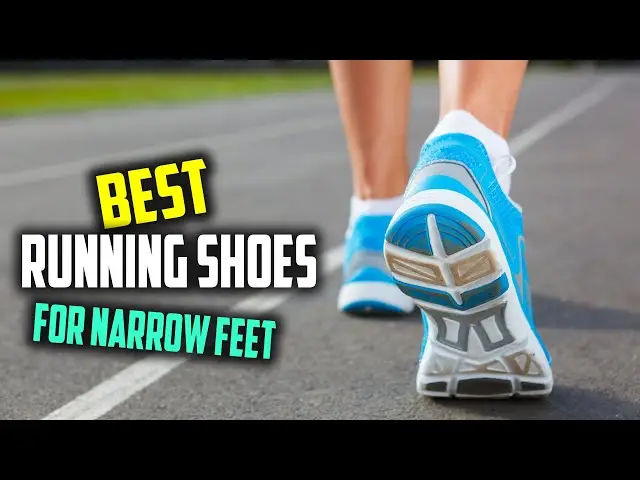
Aside from providing comfort and support, running shoes for narrow feet can also enhance your natural stride and improve your overall performance. Here’s how:
Proper Alignment
Running shoes designed for narrow feet often have features that promote proper alignment. This includes a snug fit and adequate arch support, which can help prevent overpronation (rolling inward of the foot) or supination (rolling outward of the foot). When your feet are in proper alignment, you’ll experience improved stability and a more efficient stride.
Lightweight Materials
Many running shoes for narrow feet are made with lightweight materials, allowing for a more agile and responsive feel while running. This can be especially beneficial for speed work or trail running, where precision and quick movements are necessary.
Customized Support
As mentioned earlier, many running shoes for narrow feet have features that allow for customization, such as adjustable straps and the ability to add custom orthotics. This ensures that your feet receive the exact support and cushioning they need, depending on your unique foot shape and running style.
Exploring the Landscape of Narrow Feet Running Shoes: Brands, Models, and Their Distinctive Qualities
Now that we’ve covered the features to look for in running shoes for narrow feet, let’s explore some of the top brands and models on the market and what makes them stand out.
New Balance Fresh Foam 1080v11
New Balance is known for offering shoes in multiple widths, including narrow. The Fresh Foam 1080v11 is a popular choice among runners with narrow feet due to its supportive upper, secure lace-up closure, and ample cushioning. It also offers an extended sizing range, making it accessible for those with smaller feet.
Brooks Ghost 14
The Brooks Ghost 14 offers a narrower width option, as well as a spacious toe box to accommodate different foot shapes. Its DNA LOFT cushioning provides a plush yet responsive ride, while the 3D Fit Print technology ensures a secure fit. It’s a versatile shoe that can handle long distances and faster paces.
Saucony Guide 14
For runners who need moderate stability, the Saucony Guide 14 is an excellent choice. It offers a narrow width option and features such as the FORMFIT contoured footbed and PWRRUN cushioning for a comfortable and supportive ride.
ASICS Gel-Kayano 28
The ASICS Gel-Kayano 28 is another popular running shoe among those with narrow feet. It offers a snug fit, thanks to its Dynamic DuoMax Support System and FlyteFoam Propel cushioning. It also has a breathable mesh upper and ample traction for a reliable run in various conditions.
Cushioning and Responsiveness: Understanding the Significance for Narrow Feet Runners
When it comes to cushioning and responsiveness in running shoes for narrow feet, there are a few things to consider. Here’s what you need to know:
Amount of Cushioning
The amount of cushioning you need in your running shoes depends on your personal preference and running style. However, for runners with narrow feet, it’s essential to find a balance between cushioning and responsiveness. Too much cushioning can lead to excess space inside the shoe, while too little can result in discomfort or even injury. Test out different levels of cushioning to determine what works best for you.
Energy Return
For a more responsive feel while running, look for shoes that offer energy return. This refers to the shoe’s ability to absorb and then release the energy from each step, propelling you forward. Many running shoes now feature technology specifically designed to enhance energy return, which can be beneficial for runners with narrow feet who may have less surface area to work with.
Narrow Feet and Pronation: Choosing Shoes That Offer the Right Level of Control and Balance
Pronation refers to the way your foot rolls inward when you land while running. For runners with narrow feet, overpronation (too much rolling inward) or supination (too much rolling outward) can cause discomfort and injury. Therefore, it’s crucial to choose running shoes that offer the right level of control and balance for your foot type.
Neutral Shoes
If you have a neutral foot strike (no significant overpronation or supination), then a neutral shoe may be the best option for you. These shoes provide cushioning and support but do not have any extra features to correct pronation. Often, these shoes work well for runners with narrow feet who have a more efficient stride.
Motion Control Shoes
For those with severe overpronation, motion control shoes may be necessary. They provide additional stability and support to prevent excessive inward rolling of the foot. However, for runners with narrow feet, it’s essential to find motion control shoes that still offer a snug fit and proper arch support without being too bulky.
Stability Shoes
Stability shoes fall somewhere in between neutral and motion control shoes. They offer slight correction and support for mild overpronation while also providing cushioning and responsiveness. Runners with narrow feet may find these shoes to be the best option as they offer a good balance of support and comfort.
Navigating the World of Narrow Feet Running Shoes: Tips for a Perfect Fit and Optimal Performance
Finding the ideal running shoe for your narrow feet is not just about choosing the right brand and model; it’s also about achieving the perfect fit. Here are some tips to keep in mind when trying on and purchasing running shoes:
- Get Measured: It’s essential to know your foot width and length before trying on shoes. Visit a specialized running store and have a professional measure your feet to ensure you’re getting the correct size.
- Try Different Brands: Every brand has its unique features and fit. Don’t be afraid to try on multiple brands to find what works best for your narrow feet.
- Test Them Out: Once you’ve found a pair of shoes that seem like a good fit, take them for a test run. Many running stores offer this option, so take advantage of it to see how the shoes perform on the road.
- Consider Orthotics: If you have custom orthotics or prefer to use inserts, make sure they fit comfortably inside the shoe before purchasing.
- Replace Regularly: Running shoes typically last 300-500 miles, and for runners with narrow feet, it may be necessary to replace them more frequently to maintain proper support and fit.
Conclusion
As a runner with narrow feet, finding the perfect pair of running shoes can make all the difference in your performance and comfort. By understanding the features to look for, learning about different brands and models, and knowing how to achieve the perfect fit, you can find the best running shoes for narrow feet women. Remember to prioritize comfort and support while also considering other factors such as cushioning, pronation, and responsiveness. With the right shoes, you’ll be able to enjoy your runs and reach your full potential as a narrow-footed runner. Happy running!












